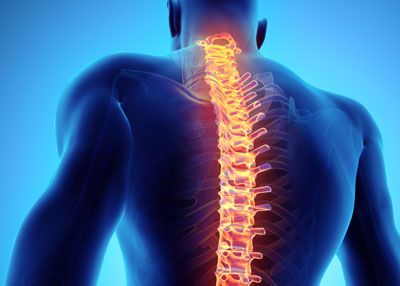Degenerative disc disease is a general term applied to back pain that has lasted for more than three months. It is caused by degenerative changes in the intervertebral discs in the spine and can occur anywhere in the spine: low back (lumbar), mid-back (thoracic), or neck (cervical).
Under the age of 30, these discs are normally soft, and they act as cushions for the vertebrae. With age, the material in these lumbar discs becomes less flexible and the discs begin to erode, losing some of their height.
As their thickness decreases, their ability to act as a cushion lessens. The less dense cushion now alters the position of the vertebrae and the ligaments that connect them.
In some cases, the loss of density can even cause the vertebra to shift their positions. As the vertebrae shift and affect the other bones, the nerves can get caught or pinched and muscle spasms can occur.
Degenerative disc disease is primarily a result of the normal aging process, but it may also occur as a result of trauma, infection, or direct injury to the disc. Heredity and physical fitness may also play a part in the process.




